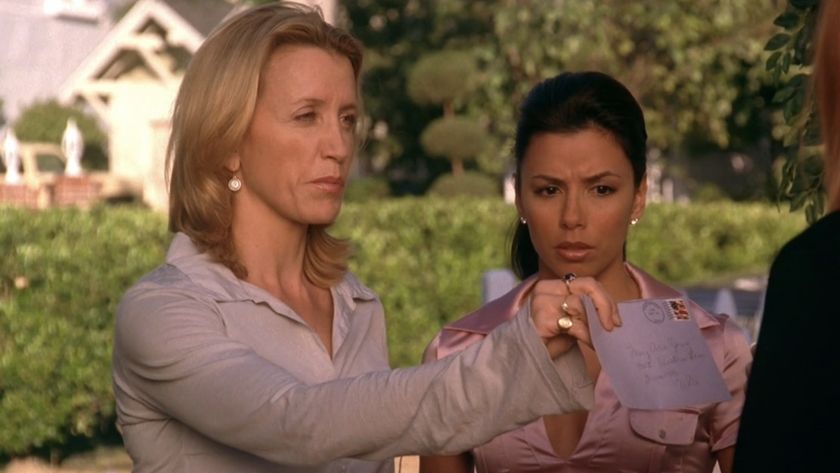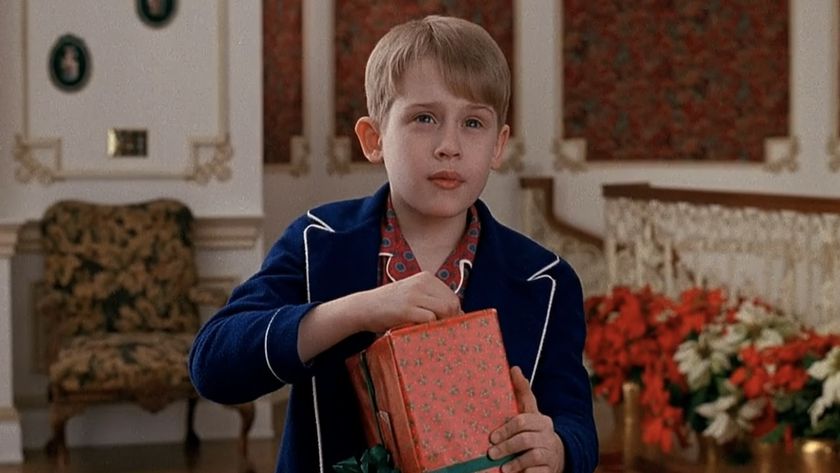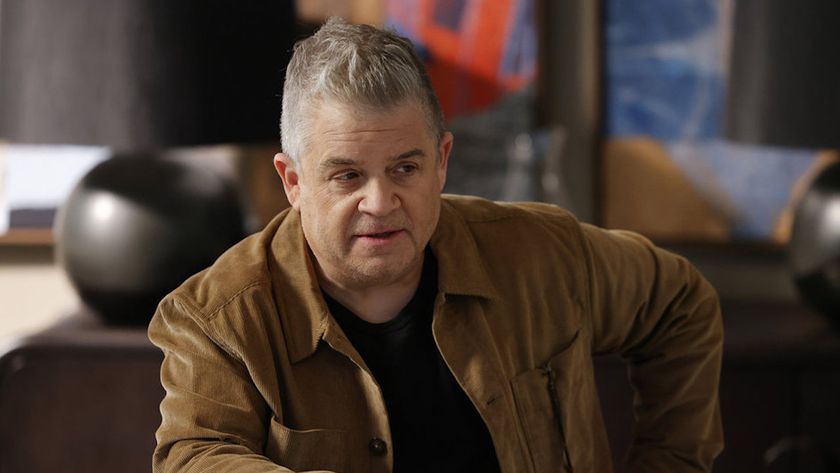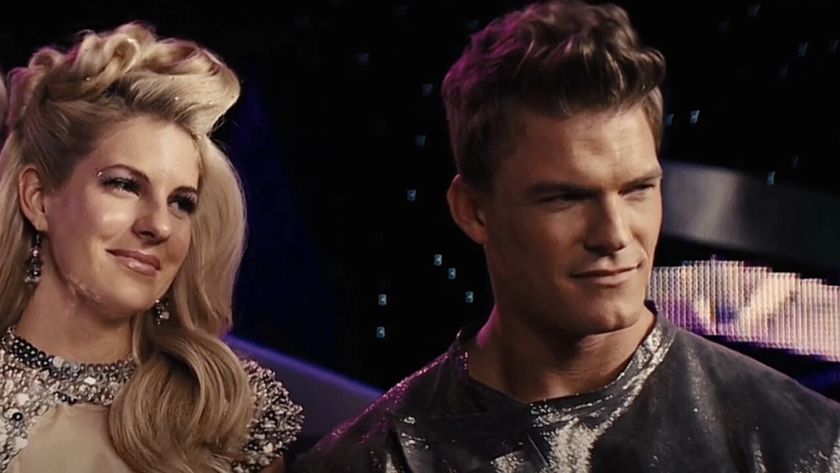American Psycho Ending: What Really Happened?
Like the Bret Easton Ellis book that it's based on, the ending of Mary Harron's American Psycho is rather ambiguous, and has been a source of debate amongst fans for a long time. The narrative takes some rather sharp turns as it builds up to its conclusion, and in the end leaves the audience questioning exactly how much of the story actually transpired, and how much of it was in the imagination of Christian Bale's Patrick Bateman. It's an argument that's been going on for years, but it's one that we're ready to settle.
As we've done recently with movies like The Prestige and Clue, we've intensely studied the finale of American Psycho, and have determined what's going on in the final minutes, and how it reflects on the film as a whole What did we find? Read on to find out!
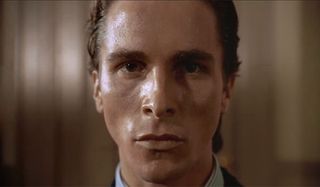
What Happens At The End Of The Film
In order to understand the final scene of American Psycho, it's key to remember the details of the sequence leading up to it -- and it all begins with a rather innocuous act: Patrick Bateman taking a trip to the ATM. This attempt to withdraw cash, however, winds up going in quite a different direction than when most people do it. The banking software commands our protagonist to feed it a stray cat. The lead character doesn't have much of a problem with this idea, and there just so happens to be a kitten nearby -- but before Bateman can shoot the animal and shove it in the cash dispenser, he gets interrupted. Unfortunately, this interruption comes in the form of an understandably freaked out woman, who winds up becoming Bateman's first victim of the night.
This killing doesn't go unnoticed, and immediately Bateman finds himself in first a chase, and then a shootout with the cops. Though he's armed with just a pistol, and is stuck in an open alley way, he is able to actually kill at least two police officers, and even blow up one of the squad cars. This even strikes the titular character as odd, as he actually stares at his gun in disbelief. But this is only just the beginning of his psychotic and violent night.
Running around without direction, he enters an office building, and while it's not Pierce & Pierce, the security guard on duty still calls out to him with recognition -- referring to Bateman as "Mr. Smith." Presumably not to leave witnesses, the protagonist shoots and kills the guard, and does the same to a janitor on his way out through a revolving door. He then finds his way to Pierce & Pierce -- which is in a literally identical building -- and makes his way up to his office.
As he hides under his desk from helicopter search lights, Bateman makes a call to his lawyer, Harold (Stephen Bogaert) to make his confession. Sobbing and speaking to an answering machine, he admits to every monstrous act he's done -- some of which we've seen in the movie, some of which we haven't. He says that he has killed anywhere between 20 and 40 people, including Paul Allen (Jared Leto), and doesn't think he can get away with it anymore. He finishes the call telling his lawyer where he can meet him tomorrow.
It is after this point when everything we understood to be true in American Psycho begins to unravel. The body parts that Bateman has been storing in Paul Allen's apartment are gone, and a realtor explains that nobody named Paul Allen actually lived there. Jean (Chloe Sevigny) finds a notebook that seem to be reflections of her boss' psychosis, and we are suddenly left to wonder if it's all just his fantasy. The real bombshell, though, is dropped as Bateman makes his way to the bar to meet with his lawyer.
CINEMABLEND NEWSLETTER
Your Daily Blend of Entertainment News
Like just about everyone else in the film, Harold begins by confusing Bateman for somebody else, and is fully convinced that the message he was left was just a prank - with the punchline being the idea of a dork like Patrick Bateman being a serial killer. The crazy lead character tries to explain that his confession was real, but the lawyer refutes his claims about Paul Allen as an impossibility -- saying that he just saw Allen a few days before in London. Bateman is left reeling from this revelation, questioning everything he believes that he has done, and processing his deep inner pain.
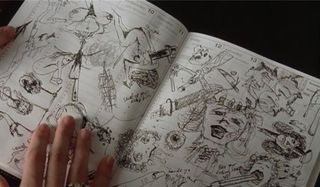
What We Think Really Happened
There is little question that Patrick Bateman is an absolute lunatic, but the big question at the end of American Psycho is whether he is a serial killer, or just a sadist with extreme delusions and a vivid imagination. It is our stance that Bateman does actually murder many people over the course of the movie, but there is one exception: he didn't actually kill Paul Allen.
Really, this conclusion can be drawn just by taking all of the evidence the film presents at face value. There's not only Harold's claim about having just seen Paul Allen in London, and the murder-free apartment, but there is also the investigation headed up by Detective Donald Kimball (Willem Dafoe). For a good portion of the movie it looks like Bateman is just on the verge of getting caught for Allen's murder, but then Kimball drops the case after finding that the protagonist has an alibi. How did this happen? Because Bateman never killed Allen, and instead just imagined the whole thing.
It's firmly established throughout the film that American Psycho's lead character has an obsession and extreme hatred of Paul Allen, but it's that passion that could easily explain how everything involving Allen's murder just played out in Bateman's head. What we see play out with the newspaper, the raincoat, and the axe is merely an extremely vivid false reality. It even makes sense that Bateman could have heard about Allen taking a trip to London, and incorporated it into the fantasy via the outgoing answer machine message that he leaves.
Admittedly, there is also some ambiguity to the other deaths as well, and while I do believe that he has killed a good number of people (such as the homeless man played by Reg E. Cathey and the prostitutes), it's interesting to note that the movie also provides viewers with a good deal of doubt regarding the extent of Bateman's crimes. The reason why the entire third act is so key to understanding the ending of American Psycho is because it establishes that we are seeing the world through the protagonist's eyes, and nothing is to be trusted. An ATM doesn't actually flash the message "Feed Me A Stray Cat," and Bateman's run from the cops is certainly heightened to the point where you begin to question even the smallest details of the reality. Again, this is just his psychotic imagination flaring up. The extent to which this idea can be applied to the rest of the film is up to individual viewers, but it can swing both ways.
Ultimately, the brilliance in American Psycho's ending isn't the question whether or not Patrick Bateman killed zero people, just a few homeless individuals, or everyone he lists in his answering machine message (minus Paul Allen). The more significant take away is meant to be present in the satire that comes in Bateman admitting his horrific crimes and nobody taking him seriously. He not only lives in an entirely shallow existence where "inside doesn't matter," but he has been driven to the point where he has become a mystery even unto himself, and only really knows that he wants to inflict his inner pain on others. Tragic as it is to say, the number of people he may or may not have murdered is inconsequential -- like the film's existence as Bateman's confession.
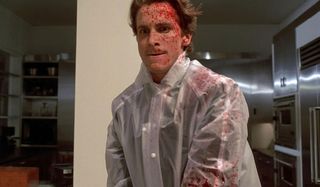
Alternate Theories
Our interpretation of American Psycho's finale is far from the only opinion floating around out there, and from our stance you can probably piece together what the principal alternate theory is: Patrick Bateman actually killed everybody, including Paul Allen. In order to believe this, you kind of just have to go with the flow when it comes to the aforementioned fantasy and delusion featured in the movie's third act - but there is an argument to be made. How? The key is in the film's deep, deep satire.
As demonstrated by the fact that Patrick Bateman is constantly misrecognized by other characters throughout the film, the protagonist of American Psycho is painted as little more than a face in a yuppie-filled crowd. His intense desperation to fit in has actually rendered him invisible, with his job, his Valentino suits and his Oliver Peoples glasses serving as his camouflage. He's so invisible that he can go on a murderous rampage through downtown New York and walk away with nobody noticing. And, again, his high status prevents anyone from believing his rather outrageous story of death and mayhem.
In regards to the "murder" of Paul Allen specifically, this exact same satire explanation can also explain Bateman's encounter with his lawyer in the movie's final scene. Allen is presented throughout the film as being a bigger deal than the protagonist, but it's not out of the question that he is also perceived by others to just be another of Bateman's ilk who can easily be confused with someone else who has similar fashion sense and career. It's a stretch -- hence why it's not our primary theory -- but maybe Harold just had dinner in London with someone he thought was Paul Allen, while the real Paul dissolved in a bathtub in Hell's Kitchen (as Bateman suggested in his confession).
Where this theory really loses a wheel, however, is when you consider the status of Paul Allen's apartment at the end of the movie. Some may argue that the place looks so sterile that it's possible Bateman unknowingly did the cleanup himself, but that doesn't explain the presence of the realtor and her apparent unawareness of who Paul Allen is. This fact goes a long way in crippling theories that say American Psycho's lead really did kill his nemesis.

What The Filmmakers Say
In what can arguably be seen as the biggest twist related to American Psycho's ending, writer/director Mary Harron and co-writer Guinevere Turner have actually gone on record saying that -- in retrospect -- they don't love how the film's ending came together. This is because they feel that the finale is actually too ambiguous, and they don't love the fact that people walk away from the story wondering if it's all just a dream. They want to make it very clear: Patrick Bateman is most definitely a serial killer.
It was while being interviewed by Charlie Rose a few years back that Harron addressed divisive opinions about the end of American Psycho, and she explained that it was never her intention to try and get audiences to rethink the death and murder that had occurred throughout the film. Instead, the problem was that she feels she was unable to match the uncertainty in the ending of the original novel, and didn't make the movie's point clear enough. She explained,
One thing I think is a failure on my part is people keep coming out of the film thinking that it's all a dream, and I never intended that. All I wanted was to be ambiguous in the way that the book was. I think it's a failure of mine in the final scene because I just got the emphasis wrong. I should have left it more open ended. It makes it look like it was all in his head, and as far as I'm concerned, it's not.
You can watch the extended interview -- which is a roundtable with Mary Harron, author Bret Easton Ellis and Christian Bale -- below:
On the Blu-ray/DVD commentary, Guinevere Turner also explains that the reality of the film certainly does become progressively heightened over the course of the story, but rather than suggesting that Patrick Bateman isn't actually killing anybody, it's merely meant to signify the point of view that we are looking through. Essentially, what we're seeing is mostly real, but there are some superficial detail changes. She explains (via IMDb),
What starts to happen as the movie progresses is that what you're seeing is what's going on in his head. So when he shoots a car and it explodes, even he for a second is like "Huh?" because even he is starting to believe that his perception of reality cannot be right. As he goes more crazy, what you actually see becomes more distorted and harder to figure out, but it's meant to be that he is really killing all these people, it's just that he's probably not as nicely dressed, it probably didn't go as smoothly as he is perceiving it to go, the hookers probably weren't as hot etc etc etc It's just Bateman's fantasy world.
Is this the reading you got from the film? Do you think Patrick Bateman actually killed Paul Allen or no? How many of this other victims do you believe are real? Hit the comments below and join the debate!

Eric Eisenberg is the Assistant Managing Editor at CinemaBlend. After graduating Boston University and earning a bachelor’s degree in journalism, he took a part-time job as a staff writer for CinemaBlend, and after six months was offered the opportunity to move to Los Angeles and take on a newly created West Coast Editor position. Over a decade later, he's continuing to advance his interests and expertise. In addition to conducting filmmaker interviews and contributing to the news and feature content of the site, Eric also oversees the Movie Reviews section, writes the the weekend box office report (published Sundays), and is the site's resident Stephen King expert. He has two King-related columns.
